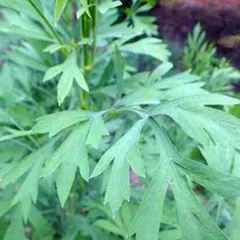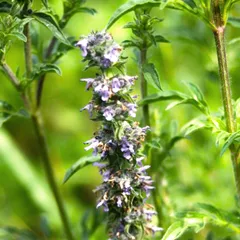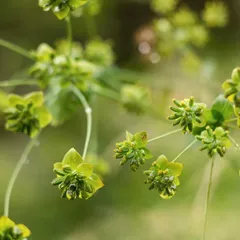Ying Pi
Ying Pi
English: Japanese cherry barks
Chinese: 樱皮
Parts used: The bark
TCM category: Herbs that clear Heat and relieve Toxicity
TCM nature: Cool
Organ affinity: Lung
Scientific name: Prunus serrulata
Other names: Cherry blossom, Sakura, East Asia cheery, Wild black cherry bark
Use of Ying Pi (japanese cherry barks) in TCM
Please note that you should never self-prescribe TCM ingredients. A TCM ingredient is almost never eaten on its own but as part of a formula containing several ingredients that act together. Please consult a professional TCM practitioner, they will be best able to guide you.
Preparation: Collect the bark, remove impurities, clean, cut and dry.
Dosage: 3-5g
Main actions according to TCM*: Clears Toxicity, expels pus and relieves fevers. Descends Lung Qi and stops coughing.
Primary conditions or symptoms for which Ying Pi may be prescribed by TCM doctors*: Food poisoning from seafood Urticaria Swellings Coughing
Common TCM formulas in which Ying Pi is used*
Shi Wei Bai Du San
Source date: 1760-1835 AD
Number of ingredients: 10 herbs
Formula key actions: Dispels Wind and transforms Dampness. Clears Toxic Heat .
Conditions targeted*: AcneBoils and others
Ying Pi is a deputy ingredient in Shi Wei Bai Du San. This means it helps the king ingredient(s) treat the main pattern or it serves to treat a coexisting pattern.
In Shi Wei Bai Du San, Ying Pi resolve Toxicity, expels pus and relieves fevers.
This herb is difficult to find and is often replaced by Cherokee rose fruits
Key TCM concepts behind Ying Pi's properties
In Traditional Chinese Medicine (TCM), Ying Pi belongs to the 'Herbs that clear Heat and relieve Toxicity' category. Herbs in this category are used to clear inflammatory and infectious conditions, referred to as 'Internal Heat' in TCM. This is why most of the herbs in this category will have both antibacterial and antiviral properties. In TCM one has too much 'Internal Heat' in their body as a result of a deficiency of 'Yin' (which is Cold in nature, see our explanation on Yin and Yang) or, more commonly, an Excess of Yang (Hot in nature). Herbs that clear Heat and relieve Toxicity treat the latter while, at the same time, removing infectious toxins from the body. As such they tend to be Cold or Neutral in nature.
As suggested by its category Ying Pi is Cool in nature. This means that Ying Pi tends to help people who have too much 'Heat' in their body, although with less effect than a plant that would be Cold in nature. Balance between Yin and Yang is a key health concept in TCM. Those who have too much Heat in their body are said to either have a Yang Excess (because Yang is Hot in nature) or a Yin deficiency (Yin is Cold in Nature). Depending on your condition Ying Pi can help restore a harmonious balance between Yin and Yang.
Ying Pi also tastes Bitter and Sour. The so-called 'Five Phases' theory in Chinese Medicine states that the taste of TCM ingredients is a key determinant of their action in the body. Bitter ingredients like Ying Pi tends to have a cleansing action on the body by clearing Heat, drying Dampness and promoting elimination via urination or bowel movements. On the other hand Sour ingredients help with digestion and restrain abnormal discharges of Fluids from the body, such as diarrhea or heavy sweating.
The tastes of ingredients in TCM also determine what Organs and Meridians they target. As such Ying Pi is thought to target the Lung. In addition to performing respiration, the Lungs are thought in TCM to be a key part of the production chain for Qi and the Body Fluids that nourish the body.





